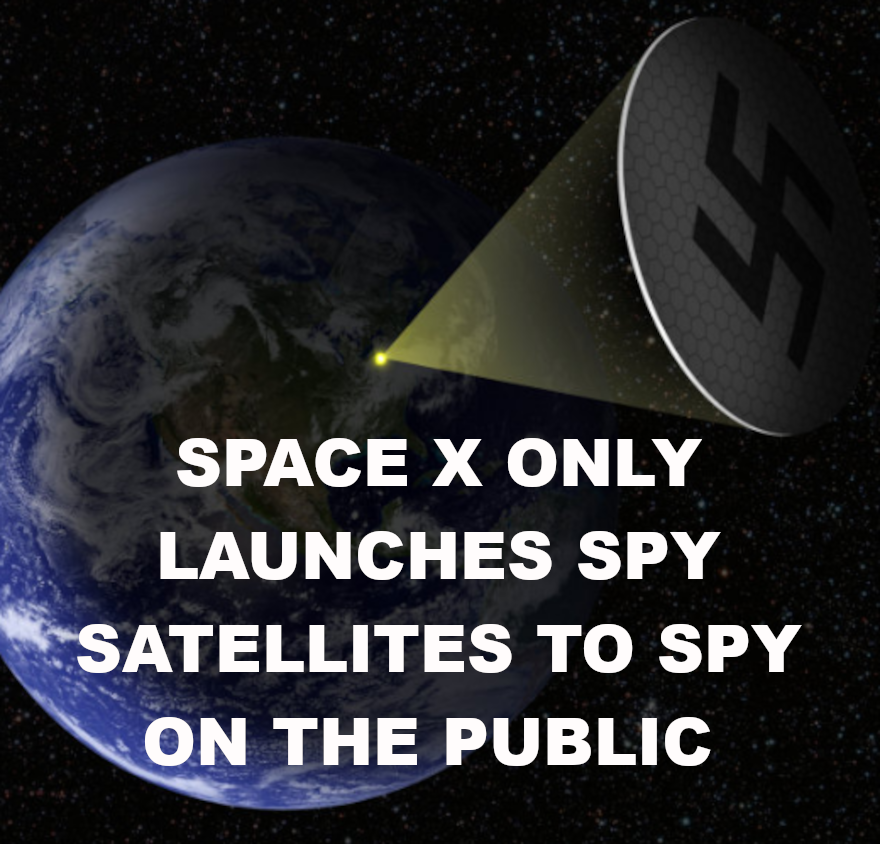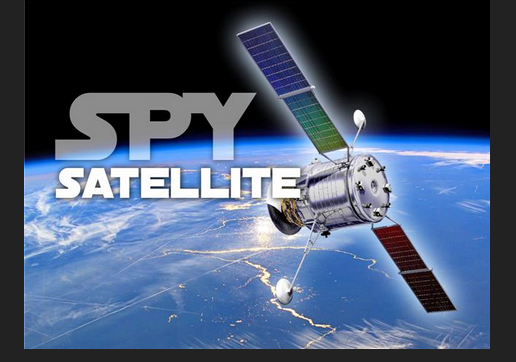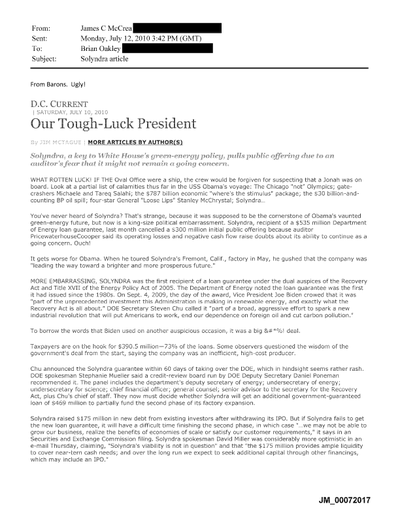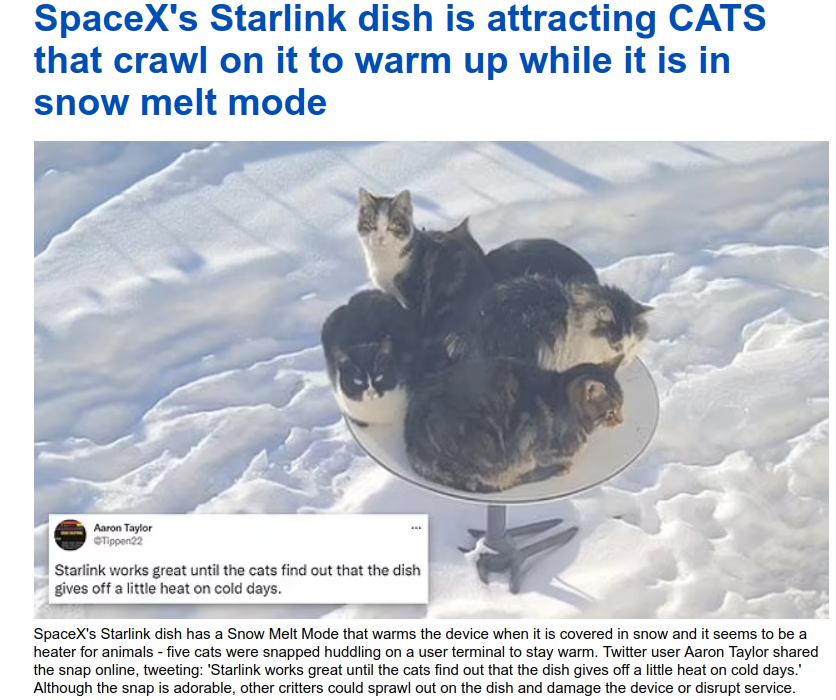Starlink is ruining astronomy, scientists say

he News
An international team of astronomers reported in a study Wednesday that the second generation model of Starlink satellites is hampering radio astronomy, which is essential for the study of the non-visible universe, like black holes, for example. The satellites, which are part of SpaceX’s internet constellation, were found to have interference 32 times stronger than the first generation.
The number of satellites in orbit around Earth is rapidly increasing, with some 100,000 expected to be in place by 2030. And as their numbers grow, so does the difficulty of observing the universe from Earth. In some cases, satellites, such as those of Texas company AST Spacemobile, are so big and bright that they appear more luminous all but the brightest objects in the night sky.
Satellites could hamper observations of the ‘invisible’ universe…
Quanta Magazine, BBC
Radio telescopes have helped to answer some of the trickiest questions about our universe, illuminating “the most mysterious objects in all of physics.” They “see” distant objects in the electromagnetic spectrum, including galaxies from the universe’s infancy, and electromagnetic radiation from satellites makes detecting these signals harder, like dialing up the static on a car radio trying to pick up a station in a desert. While such discoveries may seem like science for science’s sake, scientists cautioned that is not the case: “It’s wrong to say that there is some science that you can simply dismiss. The applications may be decades or even longer in the future but they can be very fundamental and very important,” one of the UK’s top astronomers told the BBC.

…They also affect the study of the visible, too
The New York Times, BBC
Starlink’s satellites are bright enough that astronomers have decried them as an existential threat for as long as SpaceX has been launching them into orbit. While the company has taken some measures to mitigate how shiny they appear from Earth, their increased number and the many other satellites being launched means that their light pollution is “threatening the entirety of ground-based astronomy in every wavelength and in different ways,” astronomers told the BBC. There is a fear that soon, space observation might begin to look like a “windshield of bugs,” and become unfeasible, a researcher at the Vera C. Rubin Observatory in Chile told The New York Times.

Fixing the problem has not proved easy
Space.com, Telescope Live, The New York Times
When SpaceX initially launched the first set of 60 Starlink satellites in 2019, even its own engineers were surprised by how bright they appeared, Space.com noted. Their luminosity set off panic among astronomers, and SpaceX tried to make the satellites darker, but their initial fix, called Darksat, failed to prevent interference with some kinds of observations done by large telescopes, like the Vera C. Rubin. Meanwhile, researchers are trying to improve the quality of their observations to account for the interference, although many observatories are slow to upgrade — “inertia is cheaper,” The New York Times noted.

